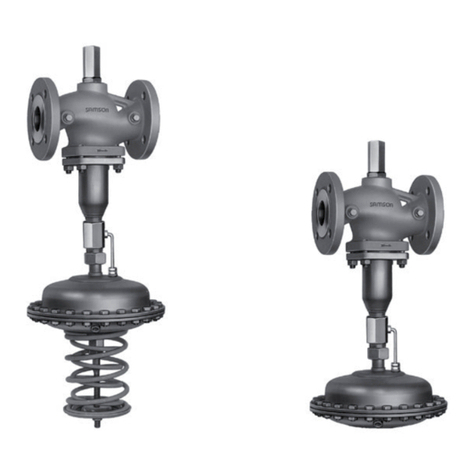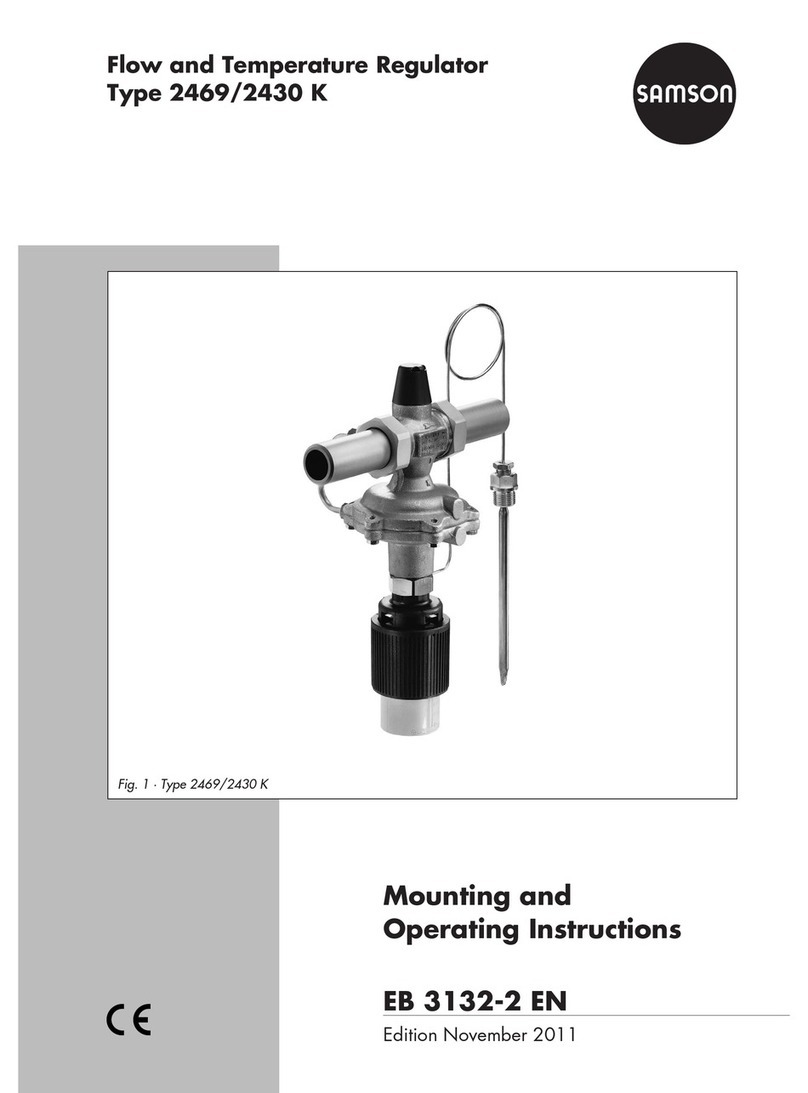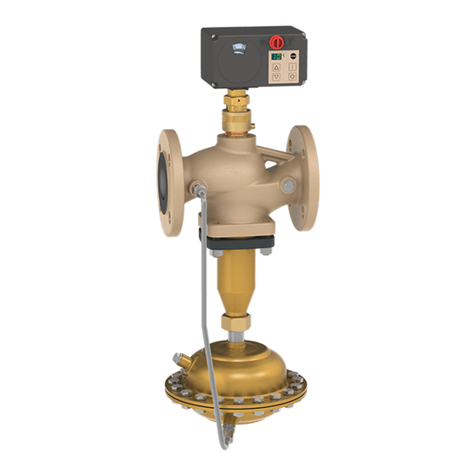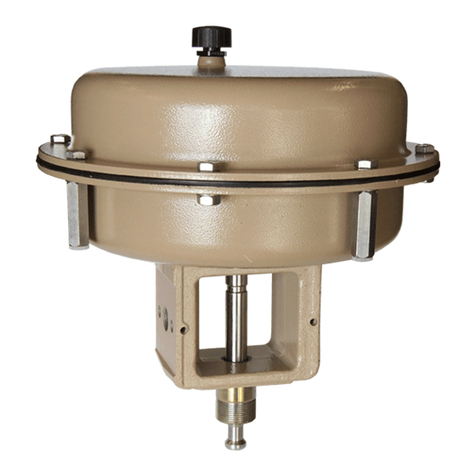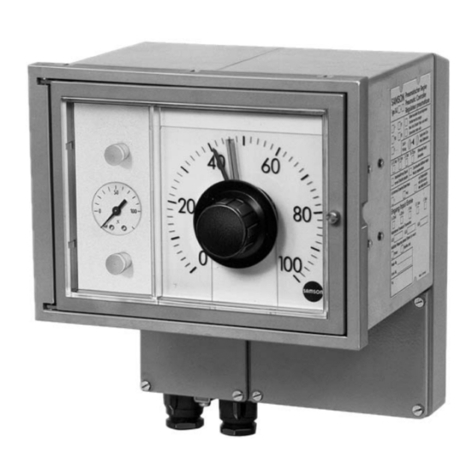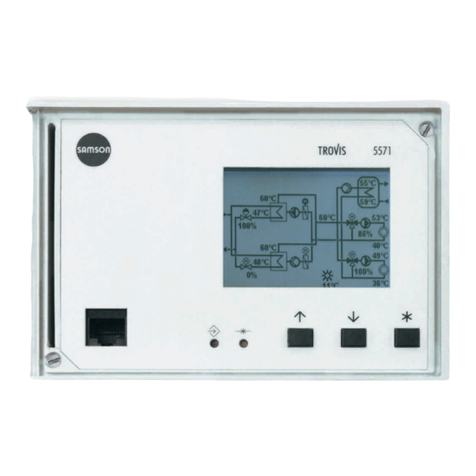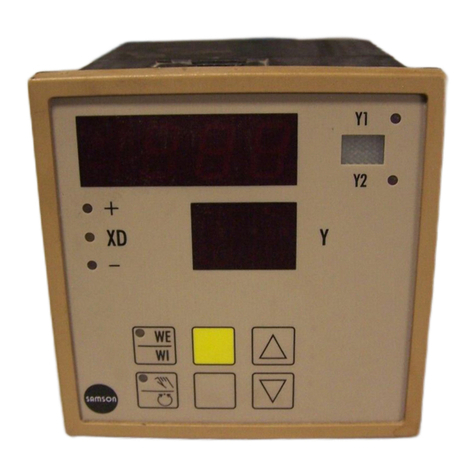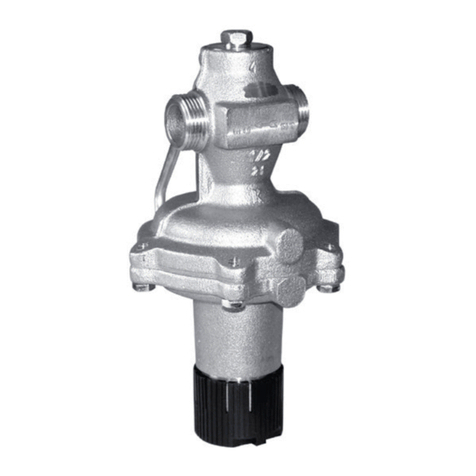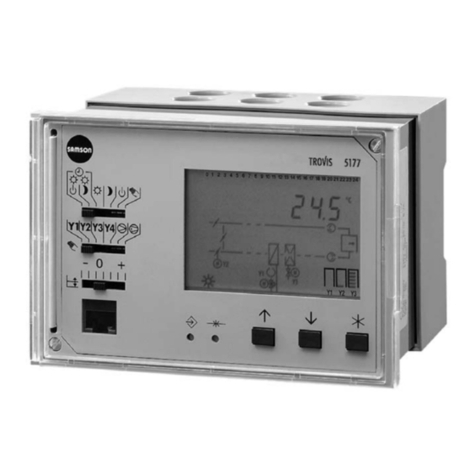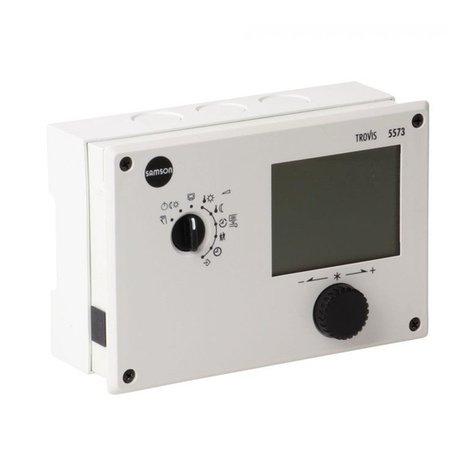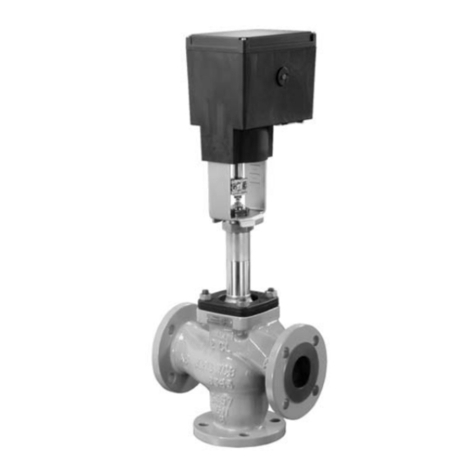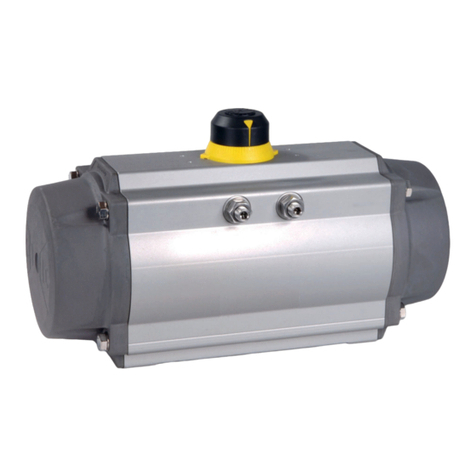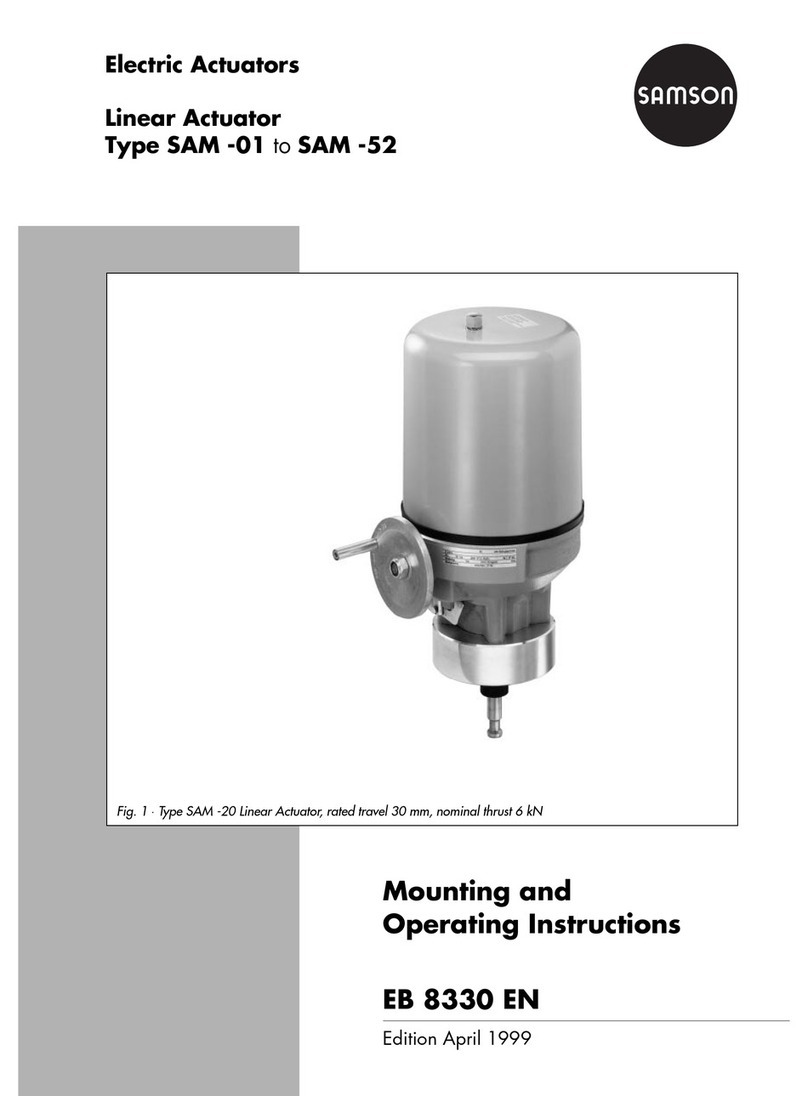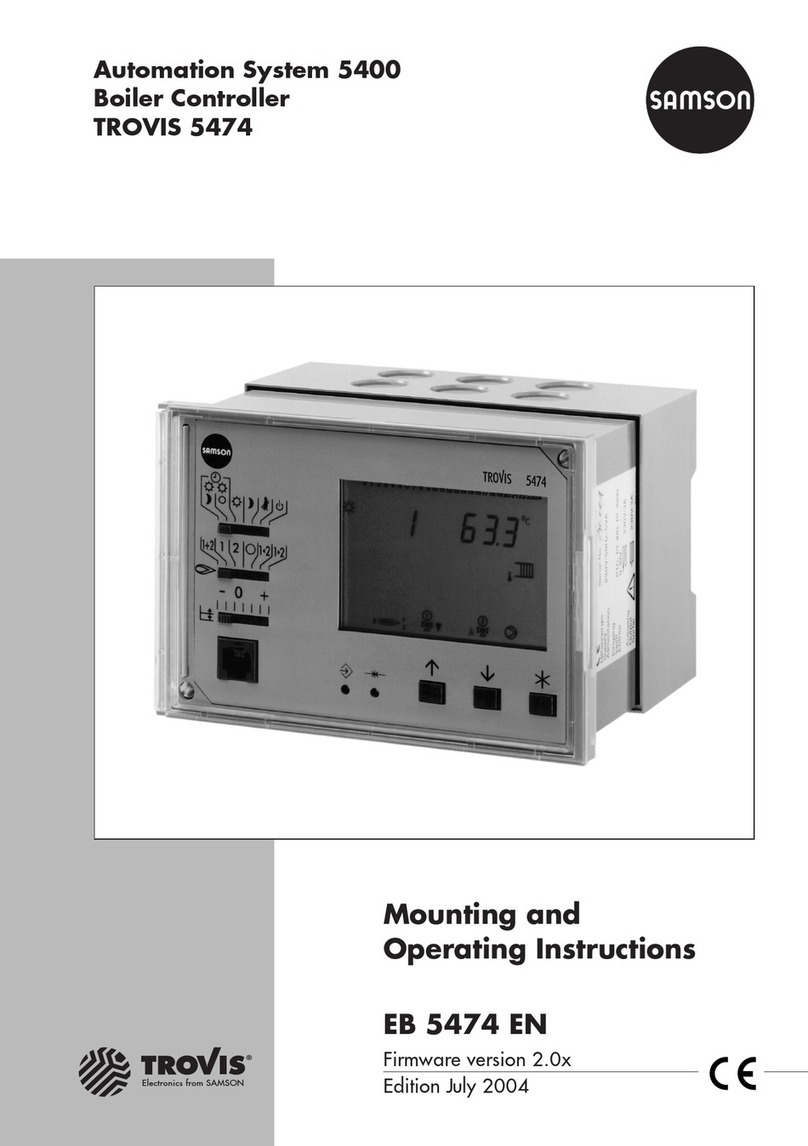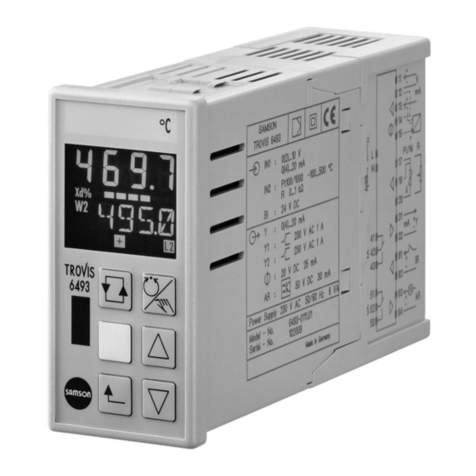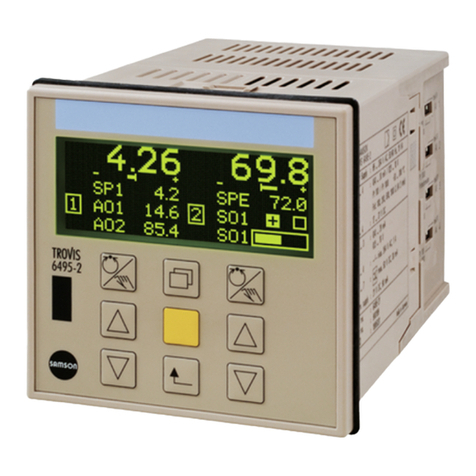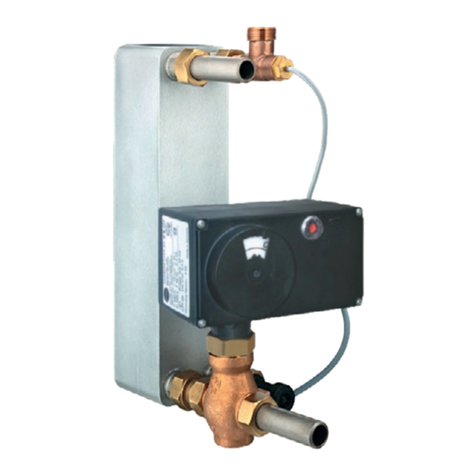
Contents
EB 3013 EN
1. Safety instructions and measures ...................................................................5
1.1 Notes on possible severe personal injury .........................................................8
1.2 Notes on possible personal injury ...................................................................9
1.3 Notes on possible property damage..............................................................10
2. Markings on the device ...............................................................................12
2.1 Materialidenticationnumber ......................................................................13
3. Design and principle of operation ................................................................13
3.1 Versions......................................................................................................16
3.2 Technical data .............................................................................................16
3.2.1 Process medium and scope of application......................................................16
4. Technical data .............................................................................................17
5. Measures for preparation............................................................................22
5.1 Unpacking ..................................................................................................22
5.2 Transporting and lifting ................................................................................22
5.2.1 Transporting ................................................................................................23
5.2.2 Lifting..........................................................................................................23
5.3 Storage.......................................................................................................24
5.4 Preparation for installation............................................................................25
6. Mounting and start-up.................................................................................25
6.1 Mounting positions.......................................................................................26
6.1.1 Pipeline routing............................................................................................27
6.1.2 Insulation ....................................................................................................28
6.2 Control line and needle valve........................................................................28
6.2.1 Control line .................................................................................................28
6.2.2 Needle valve ...............................................................................................29
6.3 Additionalttings.........................................................................................30
6.4 Installing the regulator..................................................................................31
6.5 Start-up.......................................................................................................31
7. Operation...................................................................................................33
7.1 Adjusting the set points.................................................................................33
7.1.1 Adjusting the differential pressure..................................................................33
7.1.2 Adjustingtheowlimitation..........................................................................34
7.1.3 Based on a known plant pressure drop..........................................................34
7.1.4 Based on an unknown plant pressure drop.....................................................35
7.2 Pressure conditions in the plant and at the regulator........................................36
7.3 Sample application......................................................................................37
